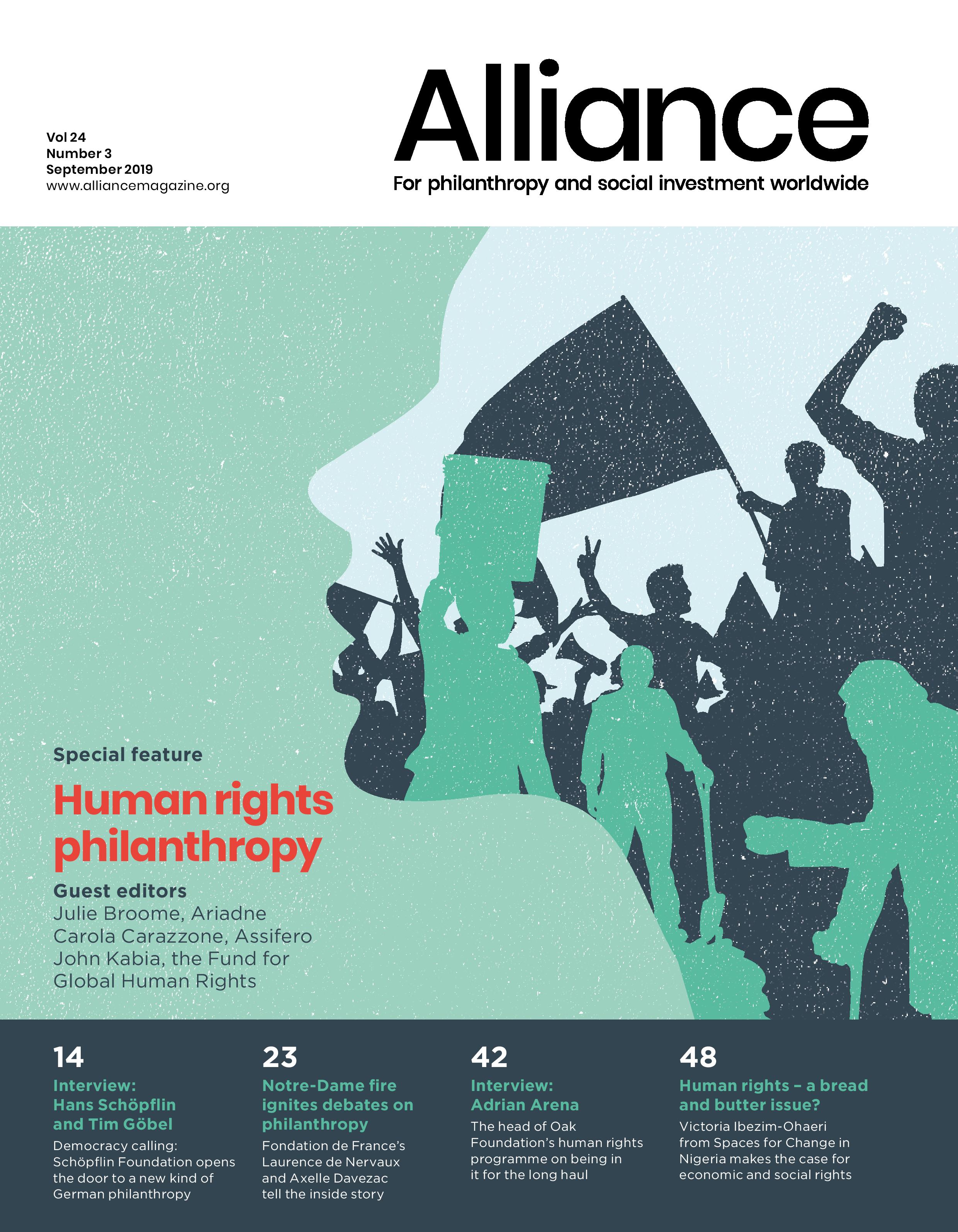 Reviewed by David Cutler, Baring Foundation
Reviewed by David Cutler, Baring Foundation
‘Any man who dies rich, dies disgraced’ wrote Andrew Carnegie. So what are we to make of Calouste Gulbenkian who died in 1955 worth roughly £5 billion in today’s values?
Jonathan Conlin, an art historian, has written a very thorough life story of Gulbenkian. It is in many ways a fascinating book showing how central the oil business was to geo-politics in the first half of the 20th century. Philanthropy, though, was not central to Gulbenkian’s intense, energetic life, nor can it be to the biography.
A shifting aspect of Gulbenkian’s life was his relationship to national identity. Born in 1869 to a prosperous family of Armenian merchants in Istanbul, he was educated in London, was granted British citizenship, moved to Paris and thence, via Vichy France after the Nazi occupation, to Portugal. Throughout his life, he was seen by many countries as either stateless or independent, which he used to his advantage, exploiting his Ottoman background to play off East and West interests vying for oil in the Middle East.
His true ‘state’ perhaps was the labour of his life that he called his ‘house’, the Turkish Petroleum Company which became the Iraq Petroleum Company. This is the core subject of Mr Five Per Cent and its development is described in exacting detail.
His second great passion was the visual arts, resulting in one of the world’s most important private collections. In the 1930s Gulbenkian came under the spell of the charming young director of the National Gallery in London, Kenneth Clark. Had Clark remained in that post, we would probably be able to visit the Gulbenkian Wing now instead of the Sainsbury Wing, but his successor, foolishly, was less assiduous in cultivating the great art collector.
There are occasional tantalising references to Gulbenkian’s charitable giving to the Armenian community which he appeared to see as a duty but not one he pursued with his customary drive. He also gave to large general causes such as the British Red Cross. He was after all an Armenian who survived the Armenian genocide and whose relations were forced to flee. In a surprising and intriguing interlude, Gulbenkian did accept the presidency of the major charity for the Armenian community, The Armenian General Benevolent Union. He brought to it his zeal for action and efficiency and quickly drove hard bargains with the Soviet Union to accept 10,000 refugees but, frustrated with the charity, he resigned after two years.
An obsessive workaholic whose motto was ‘check, check, check’, it’s ironic how comparatively casual he was in setting up the foundation which succeeded him. One of the reasons for setting it up in Portugal was the predicted tax implications, but his vagueness allowed the Portuguese Government to dominate the institution for many years.
I was left thinking of the contrast between Gulbenkian and, say, Carnegie, for whom philanthropy was more central. Calouste Gulbenkian was often described as a shadowy man. This book does a very good job of bringing him out of the shadows, but his philanthropy remains the shadow of a shadow.
About the book
Published by: Profile Books
Price: £25 (Hardback)
ISBN: 9781788160421
To order: https://profilebooks.com/mr-five-per-cent.html






Comments (0)